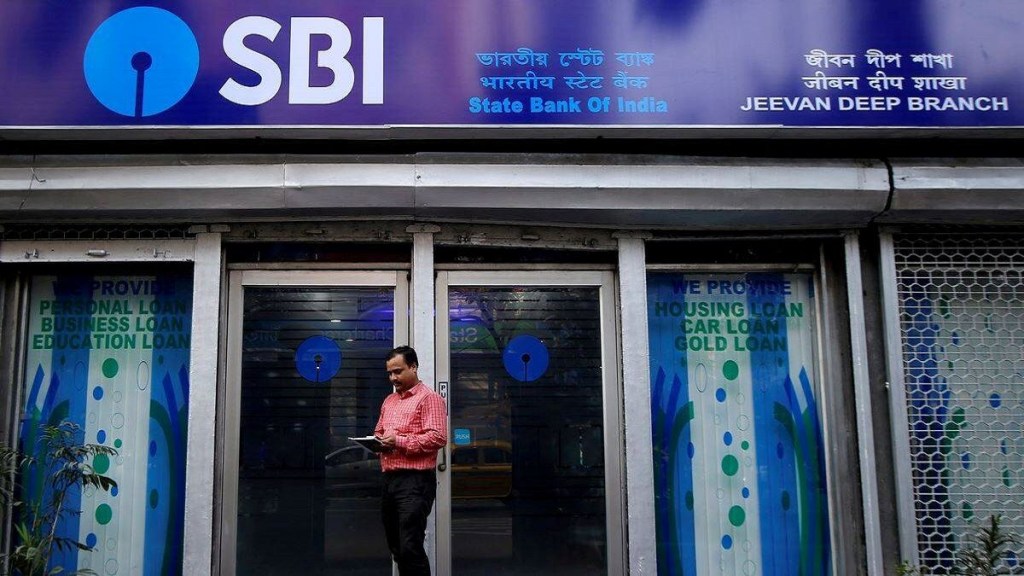State Bank of India (SBI) is working out a risk matrix, wherein some special credits will be given to borrowers who embark on green initiatives, chairman Dinesh Khara said on Monday.
SBI has been measuring the carbon footprint of its portfolio at the account level to mitigate climate risks and provide sustainable financing. “At the bank level, we have started working out the risk matrix of our borrowers wherein we give some special credits to those embarking on green initiatives,” Khara said at an event organised by Ficci.
While the chairman did not elaborate on the nature of these special credits, he mentioned that there must be a system wherein initiatives to promote green finance can be collated at an organisational level.
“There is a need for chartered accountants to come out with audit standards that can help corporates have credit data relating to outcomes of green initiatives,” Khara said.
Khara emphasised the need for deepening the green bond market with rupee denominated bonds. Standardisation of green investment technology, consistent corporate reporting and removal of information asymmetry will help address shortcomings in the green finance market, the SBI chief said. “The reduction in information asymmetry regarding green projects, better information management systems and increased coordination among stakeholders can pave the way for sustainable long-term economic growth.”
Since the first green bond was issued in 2014, domestic companies have raised $43 billion in this funding space, making the country the sixth-largest issuer of such bonds in the Asia-Pacific region.
According to Khara, India needs to rapidly expand the growing pool of global capital like sovereign debt funds, global private equity and infrastructure funds for its environmental, social and corporate governance needs.
Estimates show that India requires an investment of around $600 million annually to achieve sustainable development goals.
Global capital spending on physical assets for energy and land use in the net zero transition between 2021 and 2050 will need an investment of $275 trillion.
